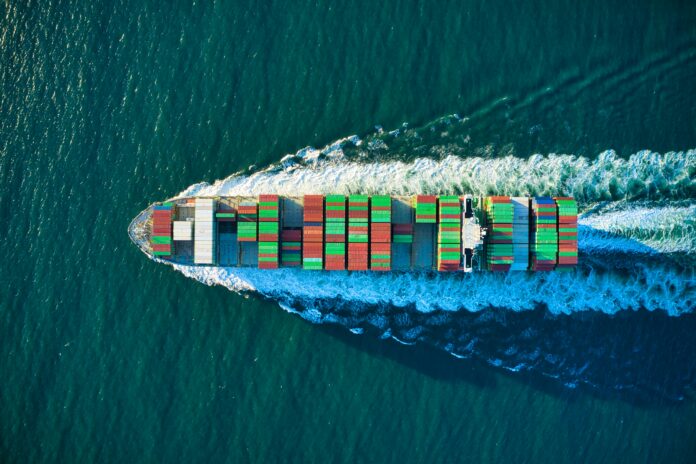
Imagine this. A ship carrying thousands of containers sits anchored outside a congested port. Days pass. Those containers hold fashion items for next season, electronics meant for launch week, even household basics that people ordered online. One vessel stalls, and the shock spreads quickly. Shelves remain empty, websites scramble with “out of stock” notices, and frustrated buyers click away.
For anyone looking to start an e-commerce store, the picture is sobering. Building the storefront is only half the journey. The other half unfolds in shipping lanes, warehouses, and delivery networks. Online shopping might look seamless, but it is stitched together with the movements of ships and the flow of cargo.
The Invisible Foundation of Online Retail
Buying online feels instantaneous. A few clicks, a card payment, and the order is confirmed. But that confirmation hides a vast machinery at work. According to the United Nations Conference on Trade and Development, more than 80 percent of the world’s traded goods by volume travel by sea. Every online order rests on that reality, even if customers never think about it.
This is why shipping matters so deeply to digital retail. A container that misses a transfer can erase weeks of carefully planned marketing. A port closure can send delivery times spiraling. Shoppers rarely forgive repeated delays. To them, the checkout button is a promise, and that promise is upheld or broken by the global shipping network.
Technology Raising the Stakes
Cargo still moves on vessels, but the way those vessels are monitored and managed has changed. Logistics platforms now stream real-time updates. Containers are fitted with sensors that tell sellers exactly where their products are, whether they’ve been handled roughly, or if they’re being stored at the right temperature. Artificial intelligence is increasingly used to predict bottlenecks before they turn into full crises.
For store owners, this means the website is no longer the full stage. The storefront, perhaps built with a flexible website builder like one.com, sets the scene. Yet the customer experience stretches beyond that page. It now depends on automated inventory updates, accurate shipping notifications, and the ability to reroute goods when disruptions appear.
When Shipping Became Headline News
The world got a front-row view of this connection in 2021 when the Ever Given lodged itself in the Suez Canal. For six days, a single ship held up nearly 12 percent of global trade. Billions of dollars in goods were delayed. Online retailers from different continents suddenly shared the same problem: nothing was arriving.
Then came the pandemic. Containers piled high at ports in Los Angeles and Long Beach. Ships waited offshore for weeks. Businesses of all sizes faced shortages and rising freight costs. Customers sat at home, refreshing their order status pages, wondering why something that usually took two days was now taking a month.
Finding Ways to Adapt
Out of disruption came adaptation. Some retailers began sourcing from multiple regions rather than relying on a single route. Others built digital replicas of their supply chains, testing how shocks might play out before they happened. These strategies revealed a lesson that will only grow more relevant. Resilient e-commerce depends on resilient logistics.
The research supports this. A McKinsey study on supply chains found that companies with diverse and flexible shipping networks recover faster after disruption. For online retailers, resilience is not a luxury. It is survival.
The Road Ahead
The future of e-commerce will not be decided by design alone. A storefront can be beautiful, quick to load, and easy to navigate. That matters, but it is not enough. What will set successful online stores apart is their ability to deliver, consistently, even when global trade faces shocks.
This is why entrepreneurs starting out should think beyond the first sale. Tools like one.com make it simple to establish a shop, but the real test comes afterward. It lies in choosing partners who share live tracking data, maintaining stock in multiple hubs, and using smarter forecasting tools. A smooth checkout means little if the package never arrives.
Closing Reflection
Global shipping rarely enters the mind of the everyday buyer. Yet it determines whether their order shows up on time, or whether frustration pushes them to look elsewhere. From cargo loaded at distant ports to packages handed over at the door, e-commerce and maritime trade move as one.
For entrepreneurs, the challenge is clear. The digital storefront is the visible half of the business. The invisible half is measured in containers, customs clearances, and last-mile deliveries. From cargo to checkout, success comes to those who understand both worlds.







